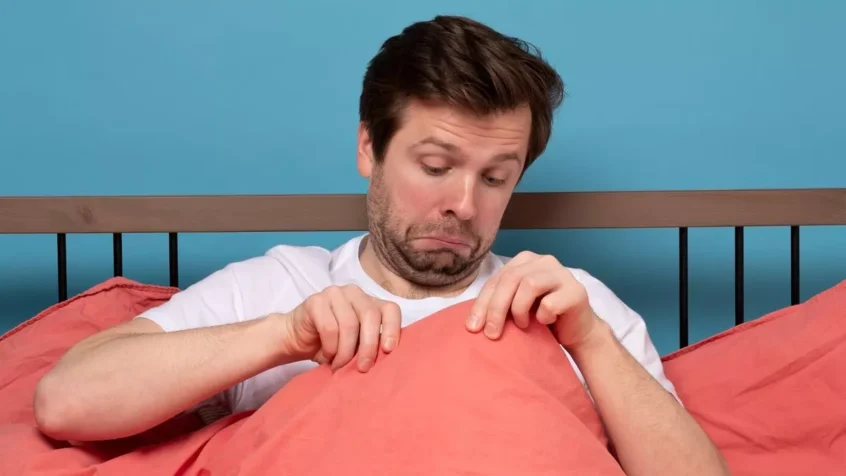Erections are not an easy subject to approach in a daily newspaper but I have to share a study that sheds light on a problem that affects many men.
This fascinating research was performed on mice because in the area of erectile dysfunction, human beings apparently have a lot in common with mice. Having erections frequently seems to be the key to it all, according to researchers at the renowned Karolinska Institutet in Sweden.
Principal investigator, Christian Goritz, says: “We discovered that an increased frequency of erections leads to more fibroblasts that enable erection, and vice versa – that a decreased frequency results in fewer of these cells.” Fibroblasts, what are they?
They’re everywhere in the body and produce collagen, the scaffolding of all organs, including the penis. And in the penis they facilitate erections. “Fibroblasts are the most abundant cells in the penis of both mice and humans, but they have been neglected in research,” says Eduardo Guimaraes, Karolinska researcher and first author of the report.
“Now we can show, using a very precise method called optogenetics, that they have a very important role in regulating blood flow in the penis, which is what makes the penis erect.” Viagra, for instance, increases blood flow to the penis. Fibroblasts play a crucial role in erections, by absorbing noradrenaline, which widens the blood vessels in the penis.
How effective this is depends on the number of fibroblasts. Hence, fewer erections, fewer fibroblasts. In terms of what conclusions can be drawn for humans from studies on mice, Goritz says there are some significant similarities.
“The basic mechanisms of erection are very similar in all mammals regarding anatomy, cell structure and so on,” he says. “However, there is one difference between humans and most mammals – they [animals] have a bone in their penis. This means that effective blood flow regulation is probably even more important for human reproduction.”
The ability to get an erection falters with age in mice, and also in humans, reflecting less blood flow and fewer fibroblasts in the penis. So could you train yourself to get an erection to counteract impotence in the same way as you can train for strength and fitness at the gym?
“This is not something we have shown in our study, so it is a bit speculative, but a reasonable interpretation is that it gets easier if you have regular erections,” says Goritz. Use it or lose it.

